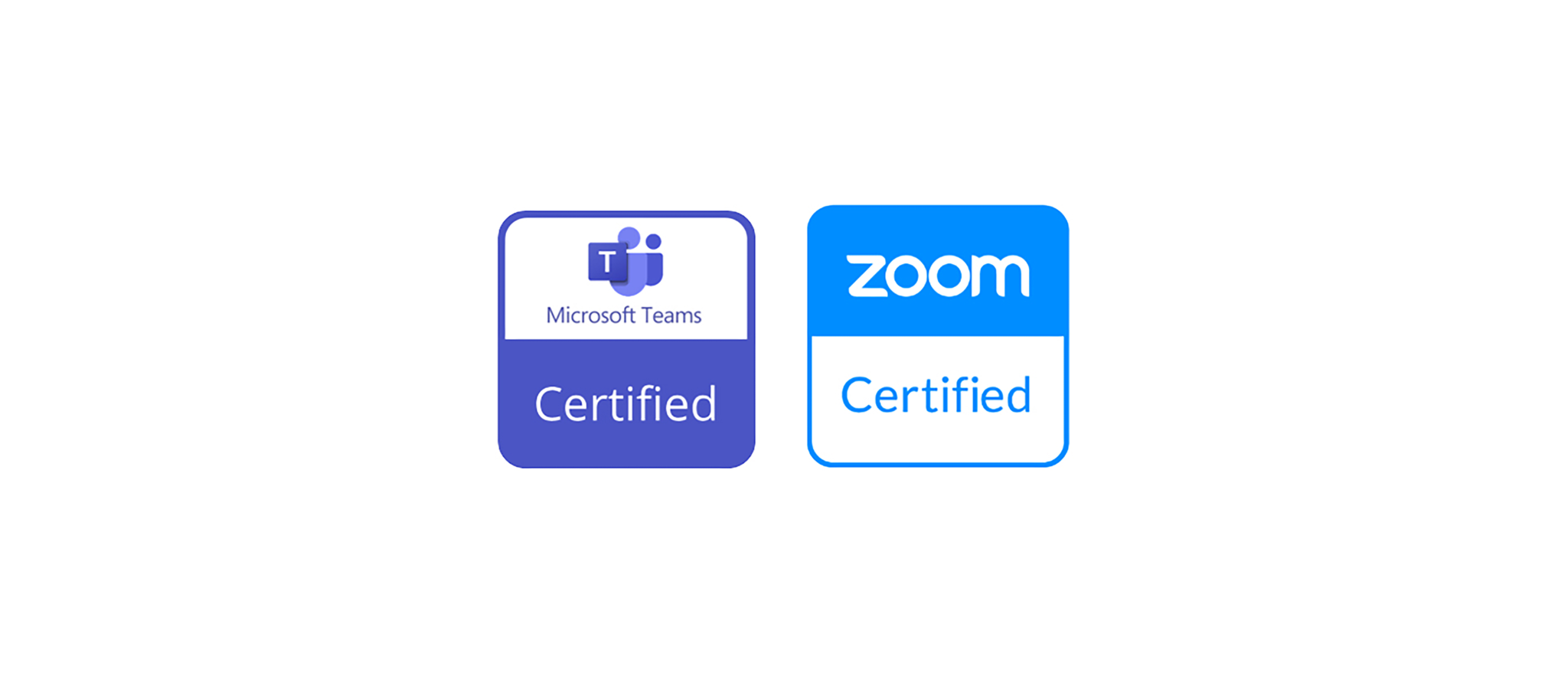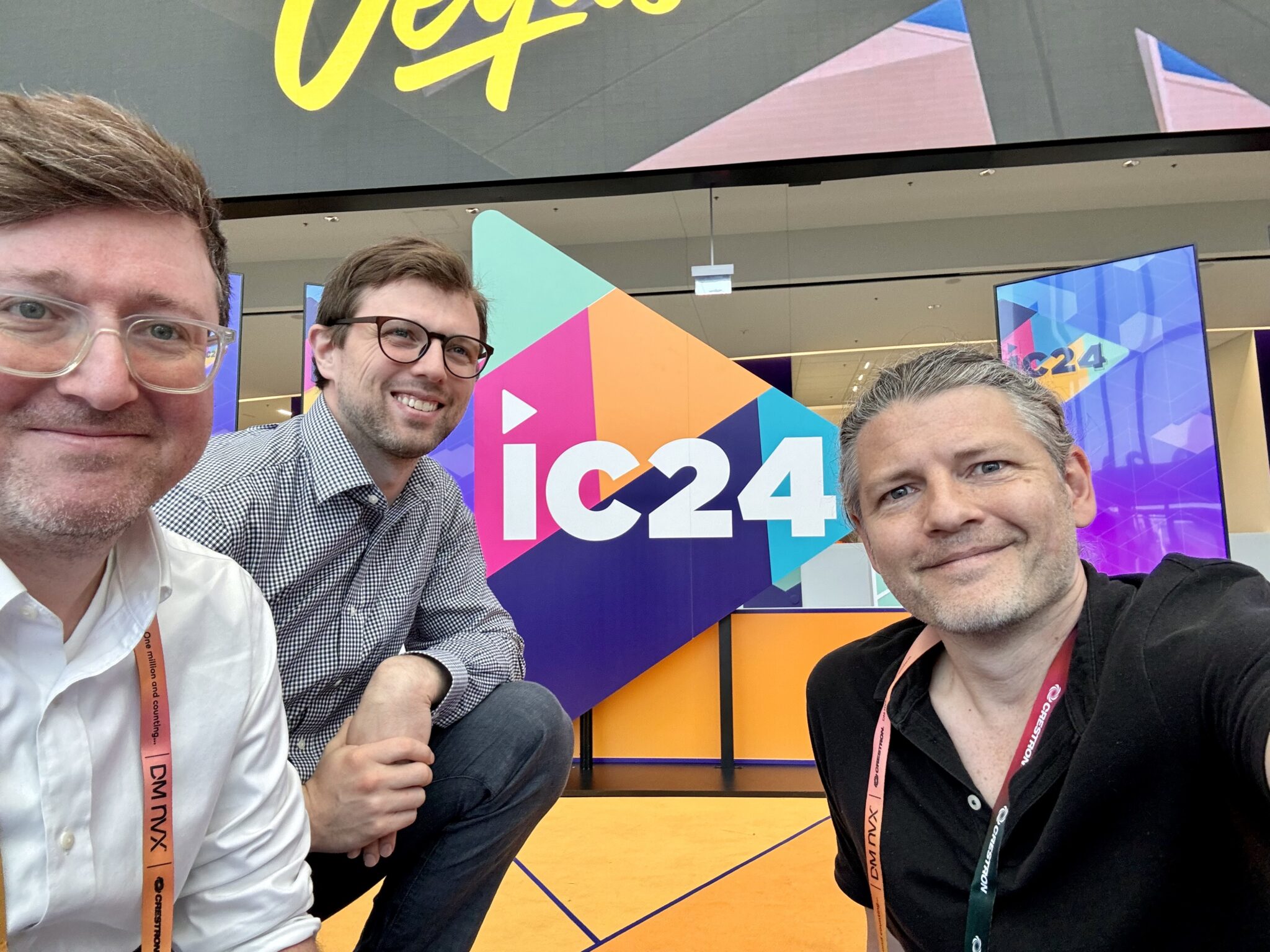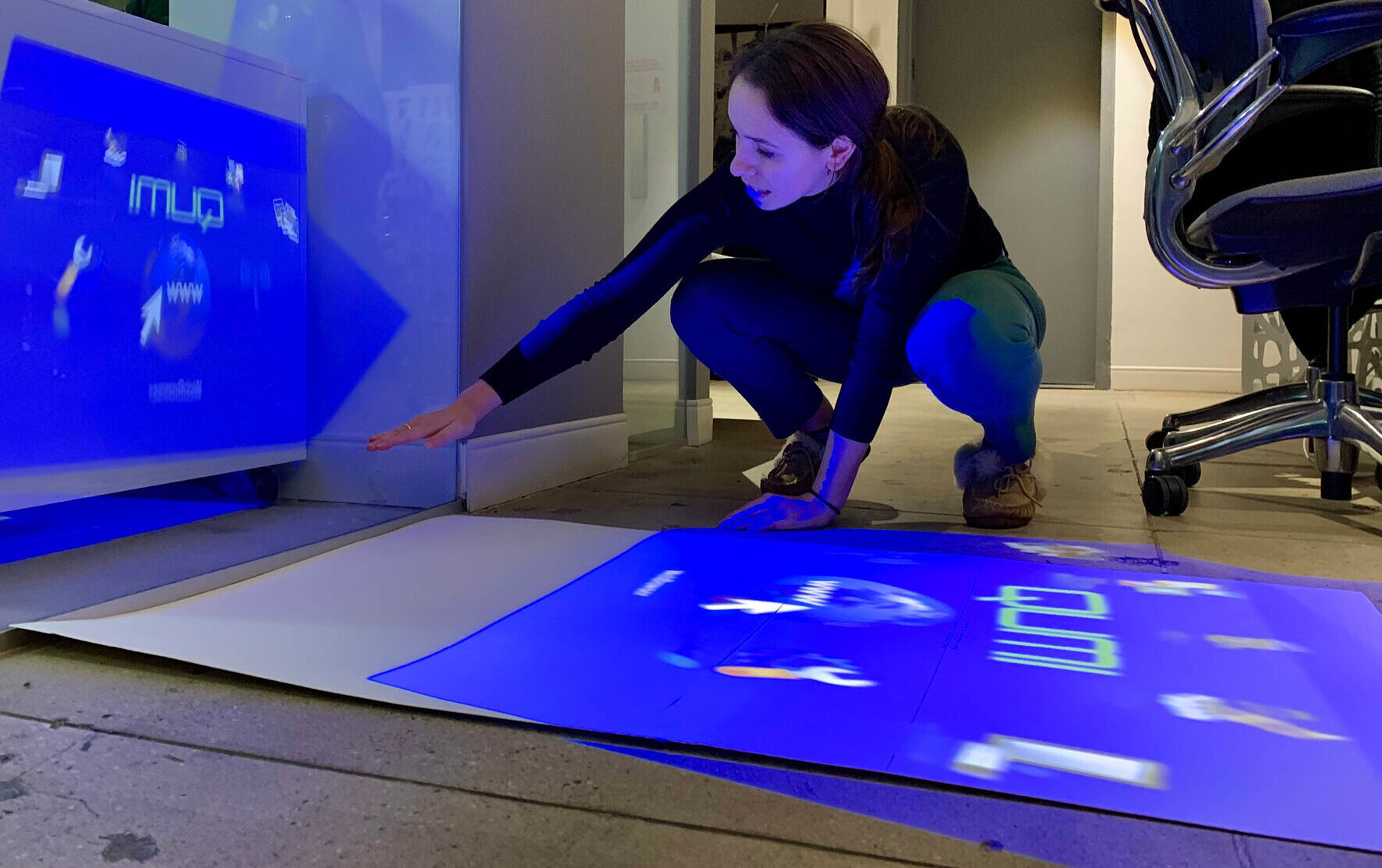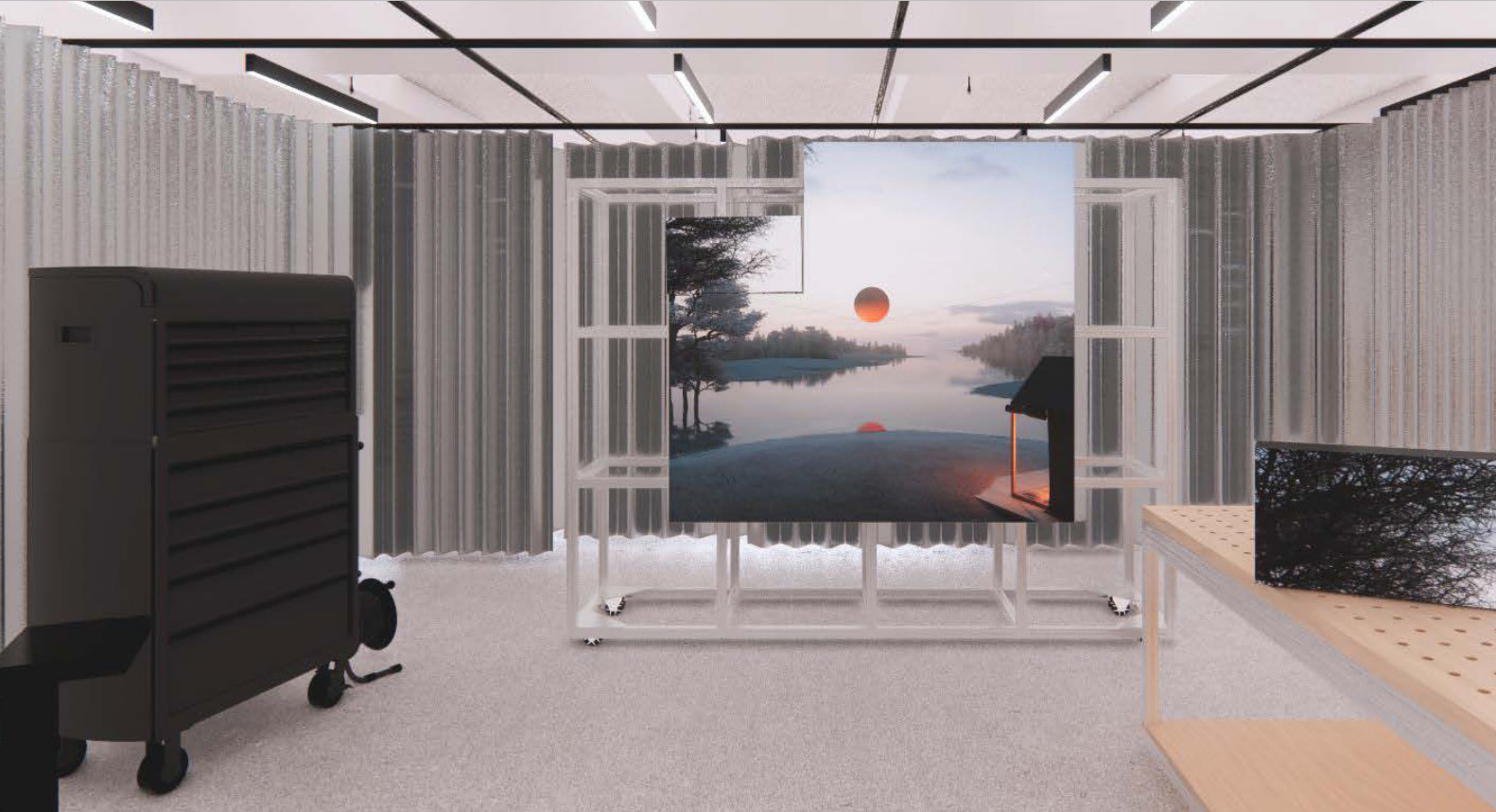Infocomm 2024 was the third year in a row that TAD Project Manager, Richard Coley, teamed up with James Fife of RP Visual Solutions to deliver their “Designing Large Format Displays” class at the conference. They were not the only return presenters – we saw repeat classes on sustainable AV systems, sound system best practices, conference room microphone design, and more.
We understand one of the goals of Infocomm to be “Education and Training”. Participants come from across the globe to attend this show and learn from industry peers and professionals. It is important to James and I that our session aligns with this goal and delivers value to our attendees.
It is interesting to see how the show has evolved over the years. From my perspective, when I first started coming to the show, education was the main focus of Infocomm. Now, in 2024, I notice a much larger focus on networking and business development. This is not a bad thing, especially in a post-COVID world in which everybody is hungry for connection, but it makes me think about how we can evolve our course content to fit a potentially evolving audience.
Over the years our audience has grown from engineers to all types of industry professionals, including manufacturers, consultants, sales teams, and installers. This growth demonstrates that our industry understands that there is value in teaching technical topics for those in non-technical roles. The participation of a more diverse audience challenges us to teach subjects with simpler, clearer concepts while also not shying away from the technical nitty gritty to ensure everyone has something to take away from the discussion. While our audience has started changing, our material is based on science, not trends, so consistency in the delivery of the message is key to developing long-term understanding.
Having a mathematical, documented process is not only important for video walls. It is important to have validated processes for all aspects of design to inform and guide the decision-making. AVIXA is driving the effort to align standards across the industry. We are able to speak a common language, applying measurable characteristics to what otherwise might be a subjective choice. Even with a mathematical process to compare against, some clients will still have preferences that contradict the “standard”, this is to be expected and is acceptable, the standard simply allows end-users to make an informed decision.
TAD strives to expand upon these already-tested criteria and promote standards from within our own design teams. It can be a challenging position as a consultant, bridging established standards with the needs of our clients. We recognize what is right for one is not always right for all. By taking greater time in understanding our end-users, their unique objectives and goals, and allowing ourselves to break from norms, we design systems that are right for each unique client. When a design cannot be validated empirically, TAD creates customized metrics and rigorously tests them in our lab.
Each year our class has grown, in duration and in attendees. I am grateful for the opportunity to share James’ and my findings with the industry, help our peers, and contribute to an industry in which good design is based on defined performance criteria. Classes like these and the sharing of knowledge is imperative to the future of AV.
Richard and James’ class emphasizes an empirical approach to designing performance standards, based in AVIXA DISCAS (display image size for 2D content and AV systems), for large format displays which includes LCD, LED and Projection. The class looks at the whole system from digital content, room layout, room lighting, the biology of the human eye and ends with the technical restraints of the technology. The class concludes by reviewing the real-world implications of each technology with respect to installation cost, ROI and operation expense. You can read Richard’s previous blog that reveals more specifics of the class here: https://technologyarchitecturedesign.com/standardization-in-av-design-processes .






